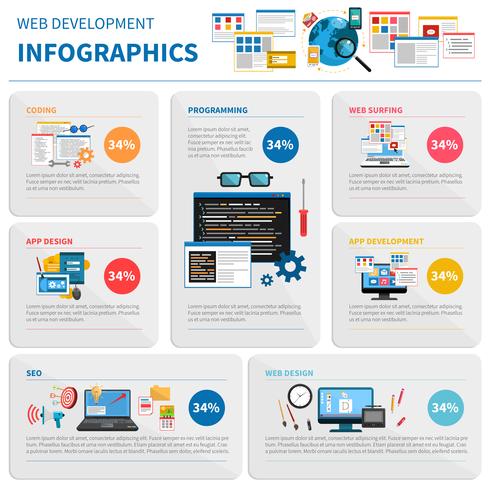The Advancement Of Site Design: From Earlier Times To Currently
The Advancement Of Site Design: From Earlier Times To Currently
Blog Article
Team Author-Tobiasen Bojesen
In the past, sites were simple and focused on information. Navigation was straight, and style was for desktop computers. Currently, user experience is crucial. Information overviews styles for very easy navigating. Responsive layouts fit various devices. Today, dark setting lowers strain, and minimal food selections improve navigating. Interactive features engage individuals, and strong visuals stand out. just click the next website improves interaction. See how design has actually progressed to enhance your online trip.
Very Early Days of Web Design
In the very early days of web design, simpleness reigned supreme. Internet sites were standard, with restricted shades, fonts, and designs. The emphasis got on offering info rather than fancy visuals. view it accessed the internet via slow dial-up connections, so speed and functionality were key.
Navigating menus were straightforward, usually situated on top or side of the web page. Internet sites were developed for desktop, as mobile browsing wasn't yet prevalent. Content was king, and designers prioritized very easy readability over complicated style aspects.
HTML was the key coding language made use of, and developers needed to function within its constraints. Animations and interactive features were marginal compared to today's standards. Websites were static, with little vibrant content or individualized individual experiences.
Surge of User-Focused Style
With the evolution of site layout, a shift towards user-focused design concepts has actually come to be increasingly famous. Today, creating web sites that focus on individual experience is critical for involving site visitors and accomplishing service objectives. User-focused design involves recognizing the requirements, preferences, and behaviors of your target market to tailor the web site's design, content, and includes as necessary.
Developers now carry out detailed research, such as individual studies and functionality screening, to collect insights and feedback directly from customers. This data-driven approach assists in creating instinctive navigating, clear calls-to-action, and visually appealing interfaces that resonate with visitors. By placing the customer at the facility of the layout procedure, websites can provide a more personalized and satisfying experience.
Receptive design has actually likewise become a vital facet of user-focused layout, ensuring that websites are maximized for various devices and screen dimensions. This adaptability boosts access and usability, accommodating the diverse ways customers interact with websites today. Basically, the surge of user-focused layout represents a shift in the direction of creating digital experiences that prioritize the demands and assumptions of completion customer.
Modern Trends in Web Design
Discover the latest fads forming website design today. One noticeable pattern is dark setting design, supplying a smooth and modern-day appearance while reducing eye stress in low-light settings. One more crucial fad is minimalist navigation, streamlining menus and enhancing individual experience by concentrating on essential elements. Including micro-interactions, such as computer animated buttons or scrolling effects, can produce an extra engaging and interactive internet site. Responsive style continues to be important, guaranteeing smooth user experiences throughout numerous tools. In addition, utilizing strong typography and asymmetrical designs can add aesthetic rate of interest and draw attention to specific content.
Incorporating AI technology, like chatbots for customer support or personalized recommendations, enhances individual engagement and simplifies processes. Access has likewise become a considerable trend, with designers prioritizing inclusive layout practices to deal with diverse user requirements. Embracing sustainability by maximizing internet site performance for speed and efficiency is one more emerging fad in website design. Collaborating with individual comments and data analytics to iterate and enhance style constantly is crucial for staying pertinent in the ever-evolving digital landscape. By accepting these modern-day trends, you can develop an aesthetically attractive, straightforward web site that resonates with your target market.
Verdict
As you assess the advancement of website layout from the early days to now, you can see exactly how user-focused design has come to be the driving force behind modern-day fads.
Embrace the journey of adjustment and adaptation in web design, constantly keeping the individual experience at the leading edge.
Remain present with the current trends and modern technologies, and never ever quit advancing your approach to create visually magnificent and easy to use internet sites.
Develop, adjust, and develop - the future of web design is in your hands.
